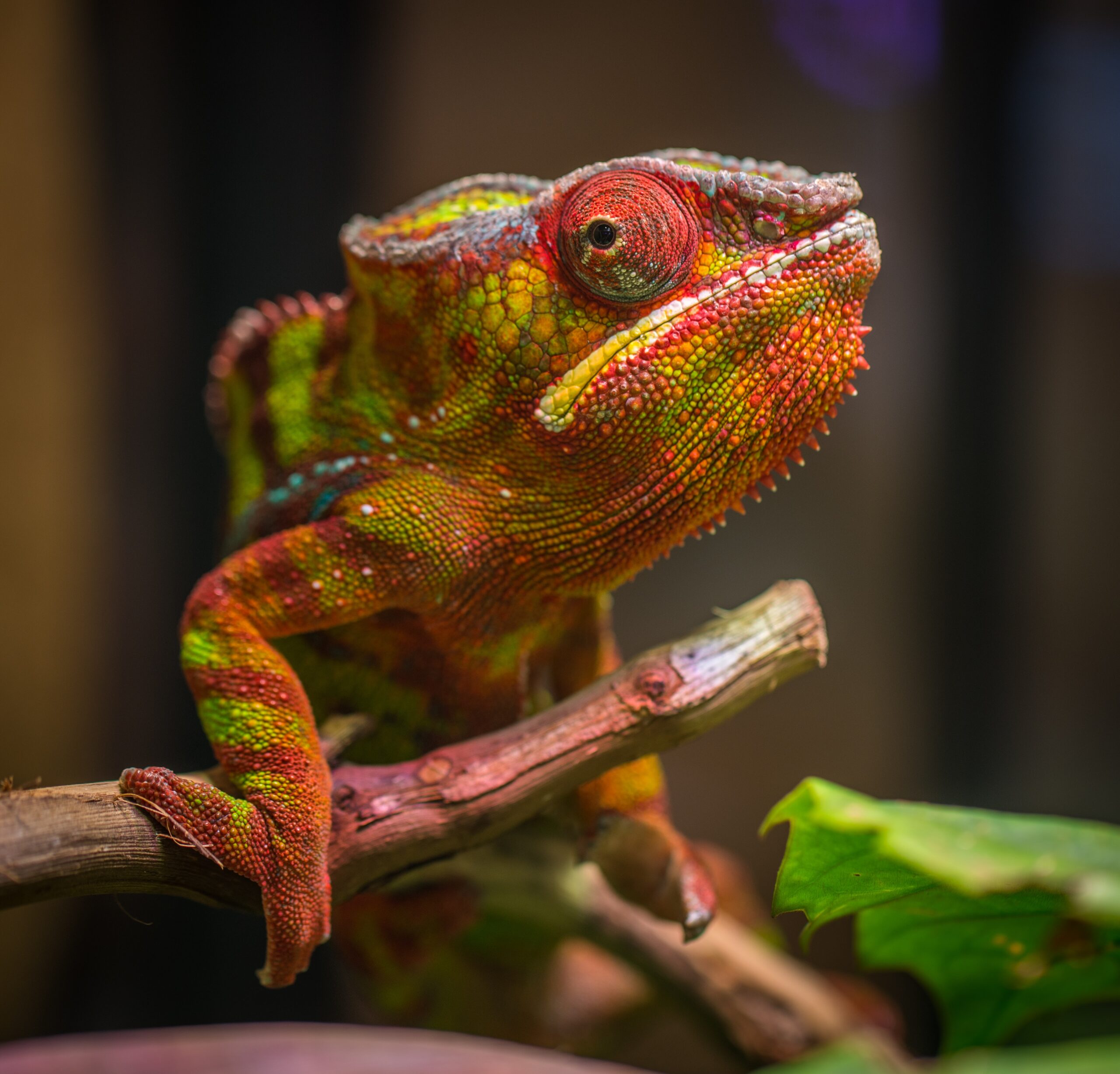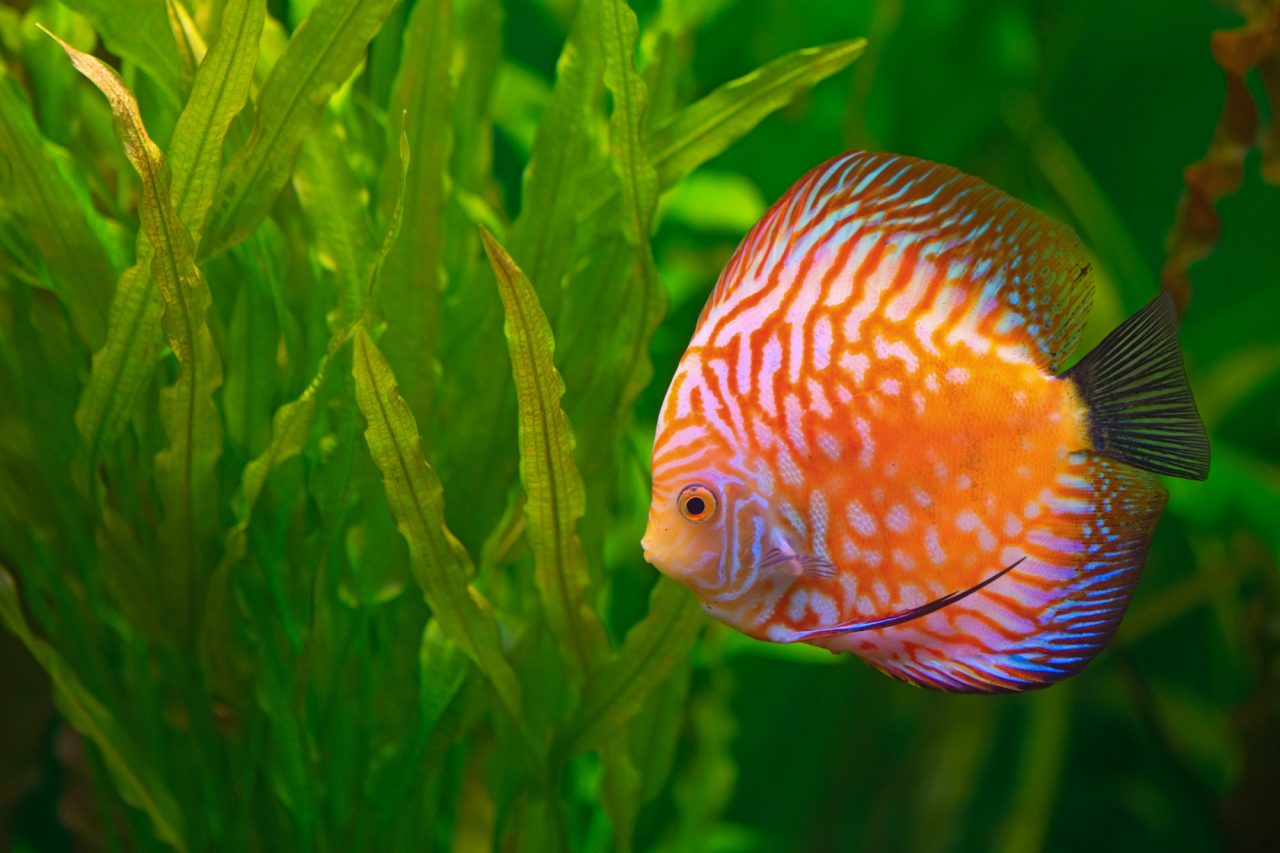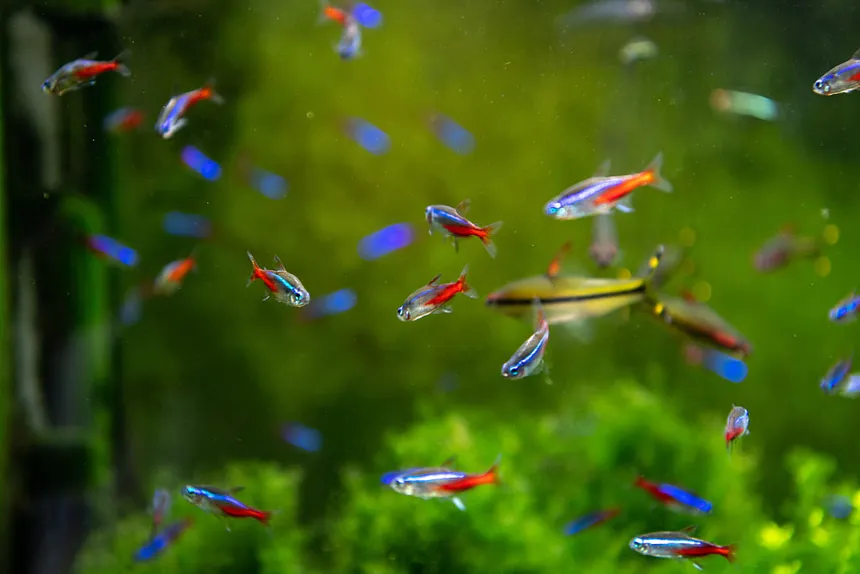Do not feed any food with corn or corn meal listed as one of the first three ingredients. Such foods are catfish chow which have been commercially prepared for rapid weight accumulation in pond raised catfish and have little nutritional value.
– Pond water temperature MUST be 70° before live plants are introduced.
– Do not buy more food than your fish can consume in 45-60 days. Even stabilized vitamin C will begin to break down after this time period, greatly reducing nutritional value. For extended food life, refrigerate; never freeze.
– Do not use pressure treated lumber above or near pond waters where run-off might be able to enter the pond. One of the primary chemicals used in pressure treating lumber is arsenic.
– If railroad ties are used to border the pond, an isolating layer must be placed between the ties and the liner. Preservatives containing bitumen destroy EPDM.
– Most commercially available snails are plant eating animals whereas Japanese Trapdoor Snails are true algae eaters.
– For those of you with smaller ponds, variegated plants of all species are generally slower growing and less invasive.
– A garden pond without algae will never exist; which is the way it should be. Algae forms the diet of many small creatures and thus is a part of the natural food chain. It is only if the algae become rampant that it must be suppressed.
Determining Pond Liner Size
Add twice the maximum pond depth to both the maximum
length and width measurements, Add one each additional foot to each total measurement (length & width) for overlap around the pond edge. 40 Mil EPDM liner available in standard widths from 10 to 40 feet in 5 foot increments.
Determining Pond Volume
Pond Volume Rectangular:
Multiply the length (in feet) by the width (in feet) by the average depth (in feet) by 7.50; the answer = total gallons.
Pond Volume Circular:
Multiply ½ diameter (in feet) by itself, by 3.412 by the average depth (in feet); the answer = total gallons.





